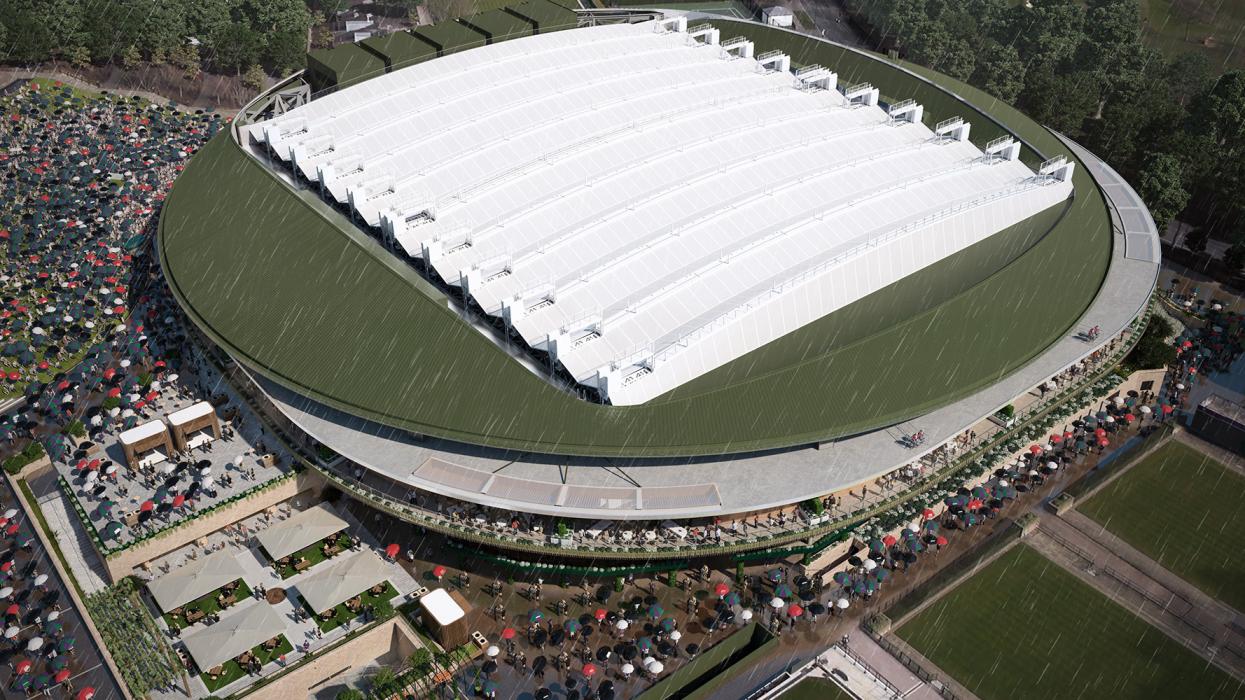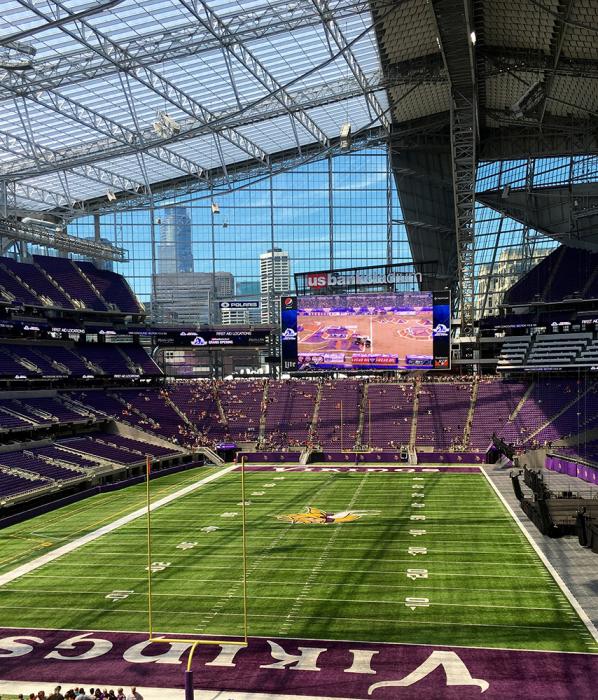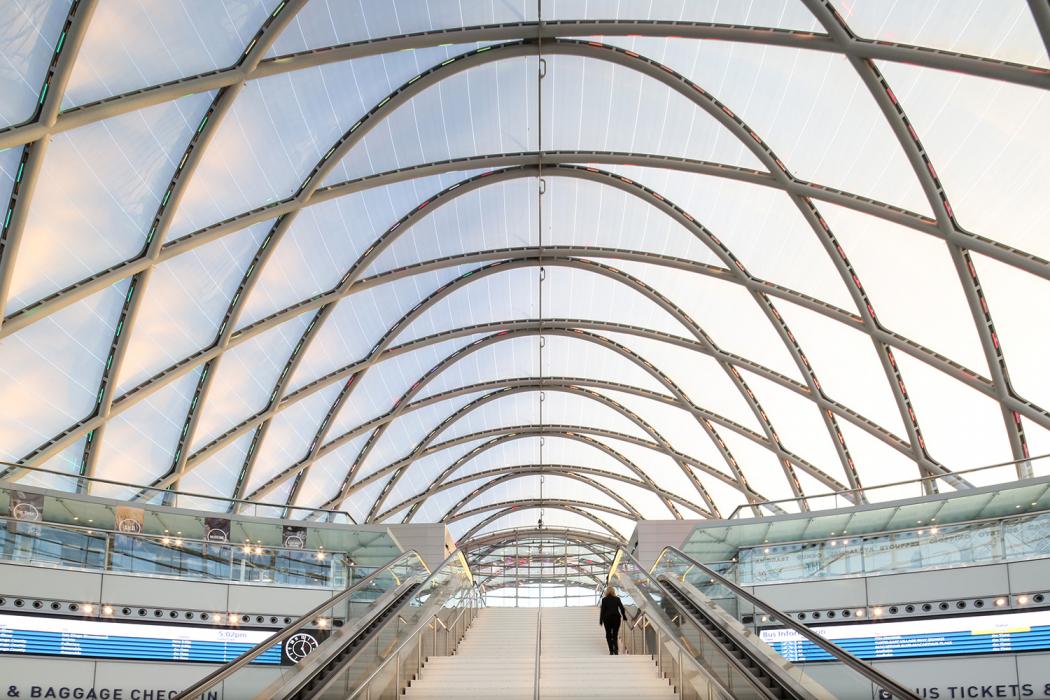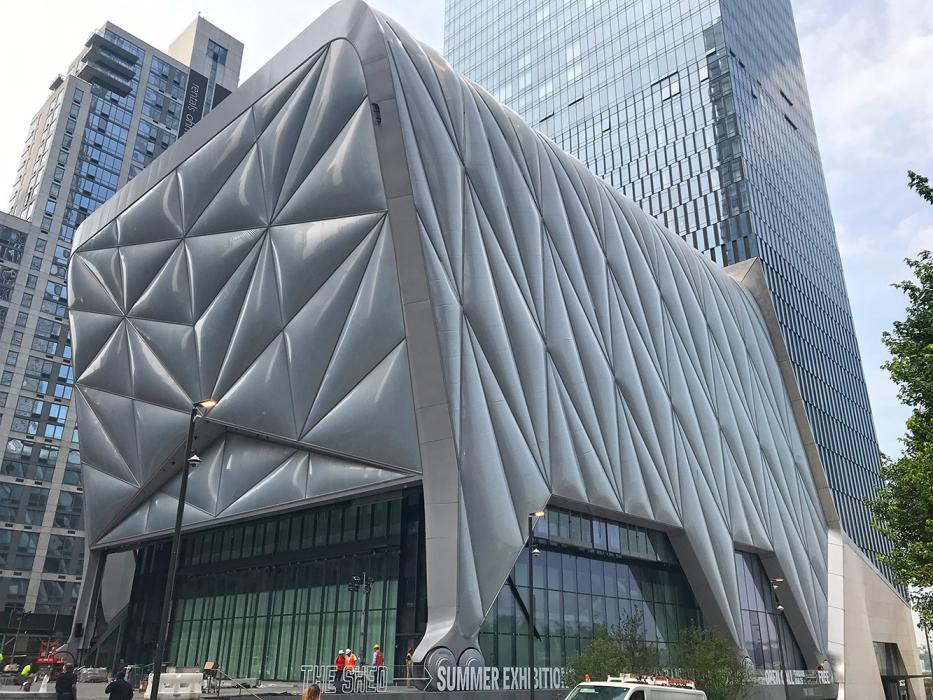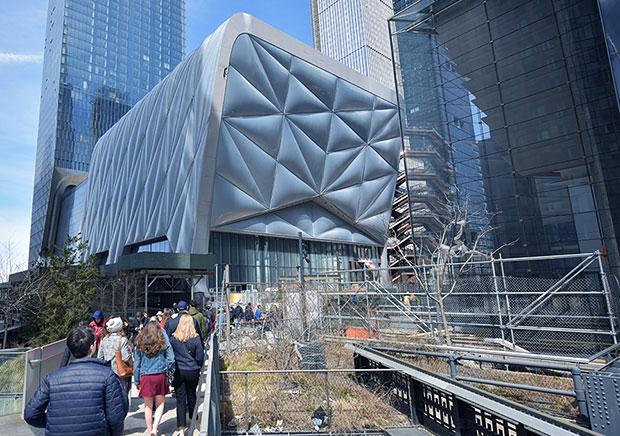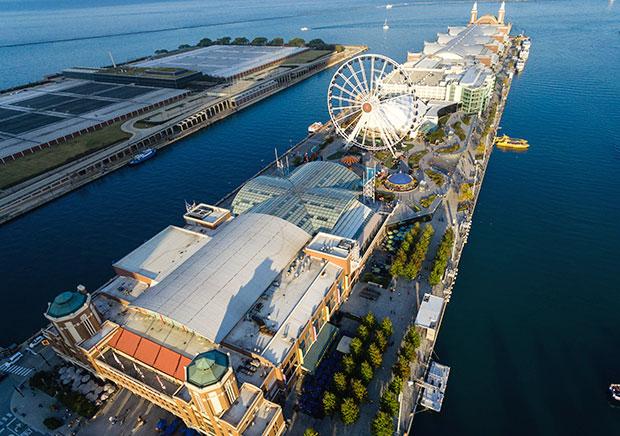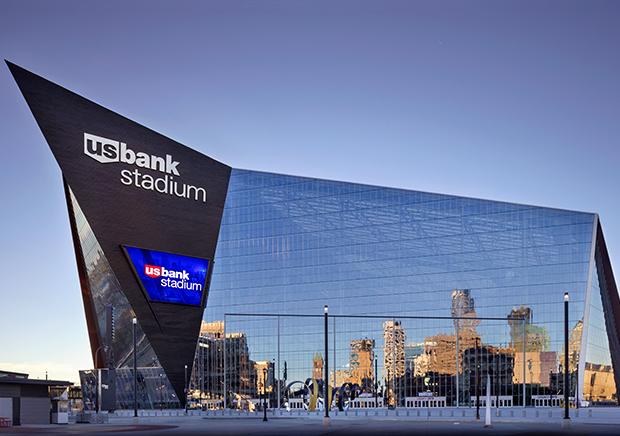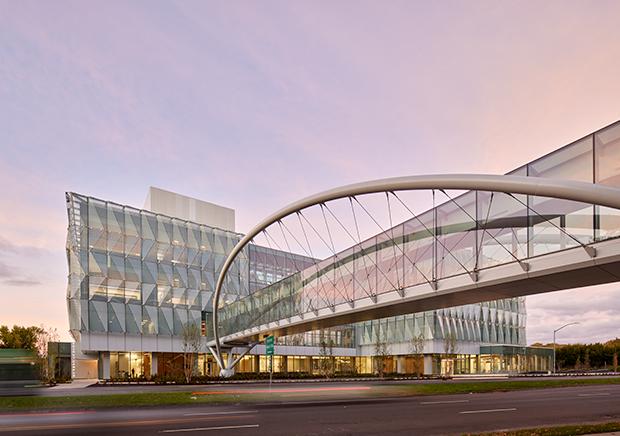ETFE & Fabric Façades
Versatile and lightweight, membrane structures are great for style, performance and budget. Our façade engineers pioneered the use of ETFE cladding – and are experts in fabric and tensioned membrane systems.
Do you need to enclose a large span while minimizing weight? Are you looking for a cost-effective way to include dynamic, sculptural shapes in your project? Do you have specific shading or thermal requirements? If so, an EFTE or fabric membrane might be the right answer. But understanding how to use these systems is critical to success. Our experts can help every step of the way, from concept evaluation to detailed designs.
Why ETFE?
ETFE (ethylene tetrafluoroethylene, a fluorine-based plastic) is becoming more common, and for good reason. While it’s not right for every project, it has unique properties that can make it a great solution for translucent enclosures.
- Less expensive. ETFE is 99 percent lighter than glass. That means the structures holding it up can be much lighter – and less expensive. And ETFE has lower material and installation costs.
- Inside feels like outside – only better. ETFE-enclosed facilities are like being outdoors, but with perfect weather 24/7. ETFE admits the full light spectrum, so plants – including grass sports fields – can thrive. And with customizable transparency, you can specify the right mix of sun and shade for your project.
- Durable and easy to maintain. ETFE stays strong over a wide temperature range (-300 to 300 degrees Fahrenheit or -185 to 150 degrees Celsius). Corrosion- and chemical-resistant, it doesn’t degrade under UV exposure. And – because it’s a “cousin” of Teflon – it’s slippery, so dust and debris don’t stick. Rain (or a water spray in dry climates) is all that’s needed to keep it clean, and snow slides right off.
- Sustainable. ETFE’s embodied energy is lower than that of glass. Its light weight reduces the amount of fuel needed for transport and material for structural support. And it’s 100 percent recyclable.
- Safer. Because it’s elastic, ETFE can absorb a lot of load – caused by everything from hurricanes to missiles – without fracturing. So it’s approved for use on secure U.S. and British government buildings. It also scores well in fire safety: it doesn’t burn; it just melts inside its frames, creating holes that vent smoke away from occupants.
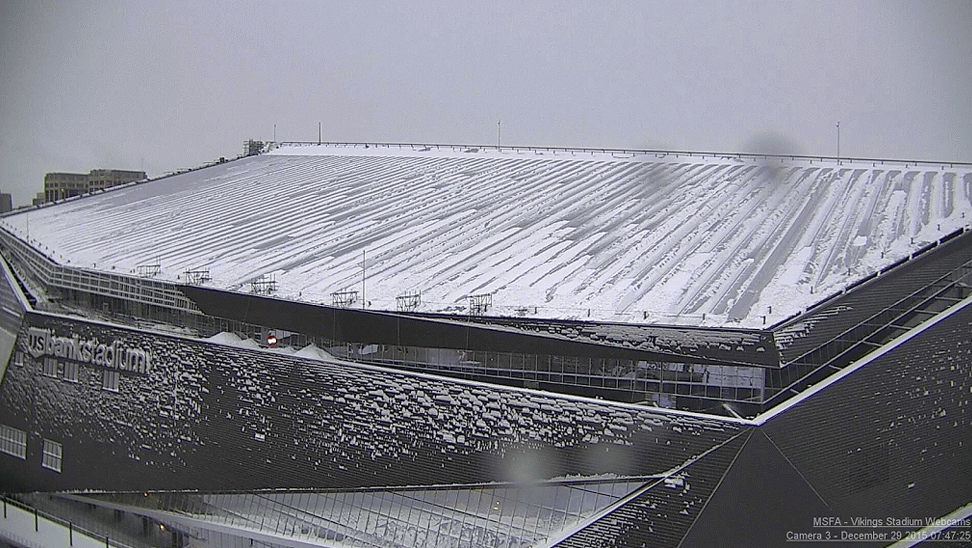
At U.S. Bank Stadium in Minneapolis, preventing snow buildup on the roof was critical. A climate analyst helped us predict snow behavior, which informed the roof’s design, from the angle of its slope to the use of continuous ETFE panels that act like slides. They send snow into a snow gutter that melts it and carries the water away (courtesy MSFA).





